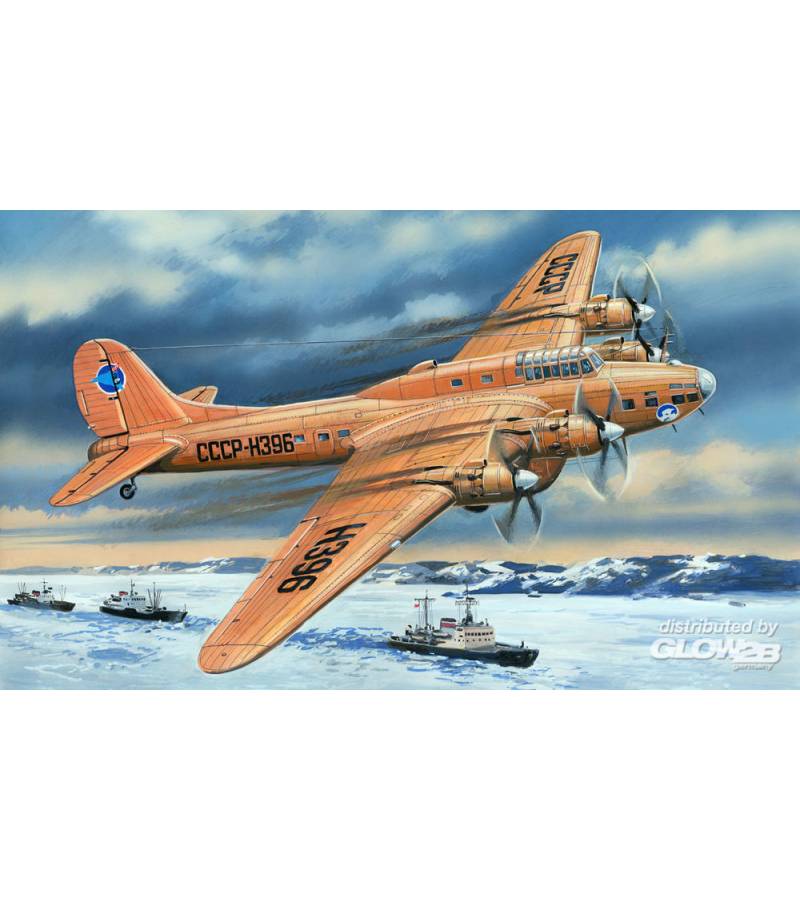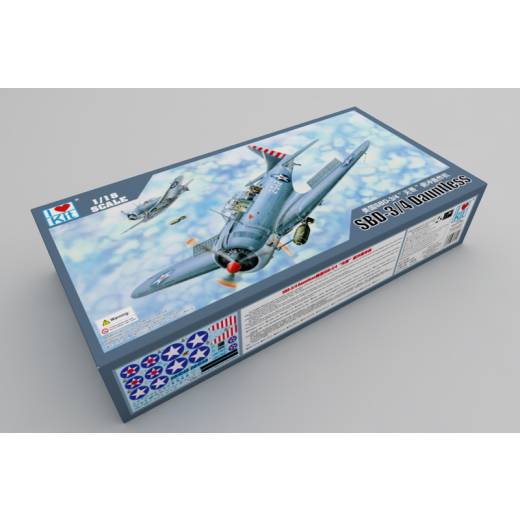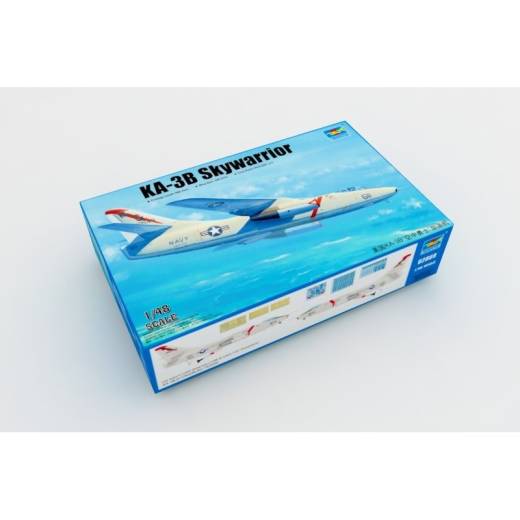The Petlakow Pe-8 (other designations: TB-7 and ANT-42) was a Soviet heavy bomber from the interwar period and World War II. The flight of the first prototype took place in 1936. Serial production, with breaks, was carried out in the years 1938-1944. About 100 aircraft of this type were built in its course. The drive was provided by four in-line engines: AM-35, M-40 or ACZ-30B with power from 1,340 to 1,500 HP each. The deck armament consisted of four 7.62 and 12.7 mm machine guns and two 20 mm cannons. The machine could also carry a load of bombs weighing up to 5,000 kilograms.
The Petlakov Pe-8 was developed to replace the TB-3 machine in the Soviet air force. Machine, according to According to the assumptions of 1934, it was to reach a ceiling of 15,000 meters, a maximum speed of 600 km / h, and its range was to increase to 2,000 kilometers. As for the time of their determination, these were very ambitious assumptions, especially when it comes to the maximum speed. It also forced the introduction of such novelties in the Soviet bomber aviation as a closed flight deck, retractable landing gear or a completely new, smooth metal plating. Interestingly, by 1938 the new plane was ready for mass production and was undoubtedly the most modern bomber of this type in the Soviet aviation. However, the implementation of the new aircraft into mass production turned out to be very difficult - engine deliveries were not good, and the serial production of the dedicated Pe-8 compressors did not start. The imminent outbreak of World War II also meant that aviation production in the USSR was switched to the production of fighters and light and medium bombers. However, the need to build a new, powerful heavy bomber was overlooked. Thus, the production of the Pe-8 was not treated as a priority, and its use in World War II was not significant. The machine was withdrawn from military aviation until 1946.






